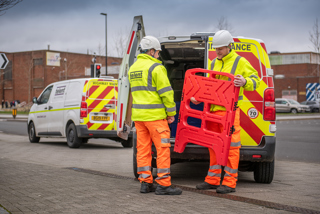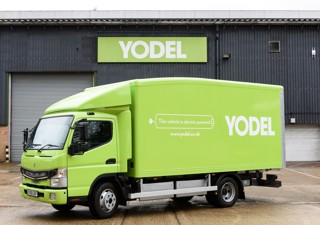Collision rates involving truck drivers could be improved by prioritising driver wellbeing, according to new analysis of ONS data.
Snap, a smart payment provider to the haulage industry, has discovered that more than 40% of HGV road accidents within the UK come down to driver error or reaction time.
The factors responsible for the most HGV collisions suggest that prioritising driver welfare could be a key step toward reducing accident rates.
One in four truck drivers involved in reported HGV crashes were found to have failed to look properly, while one in seven were unable to properly judge the other driver’s path or speed.
Mark Garner, managing director of Snap, said: “Fleet managers have the challenge of accommodating the rise in demand for haulage whilst also ensuring the safety of their drivers which should always be the number one priority.
“Ensuring that truck drivers are able to take regular breaks from driving so that they can avoid tiredness and fatigue at the wheel is paramount.”
Snap has released the Intruck app, featuring more than 5,000 truck stops across the UK and rest of Europe, so drivers can plan their breaks in advance and keep their concentration on the road ahead.
Taking a look at where in the UK haulage professionals are the most at risk, Snap can reveal the South East as home to the country’s most hazardous roads, with an average 198 HGV road casualties occurring in the region each year.
Breaking this down further, Kent tops the list at county-level, followed by Lincolnshire, Surrey, Cambridgeshire, and Essex.
With 52 HGV road casualties in the area in 2021, Kent County Council is currently proposing a target for zero road fatalities across the Kent Highway Network by 2050, citing zero deaths as the only appropriate target.
Consultations for ‘Vision Zero’ are ongoing until March this year, presenting an opportunity for driver welfare to be taken into consideration.
Accident rates are starting to improve across the UK, however, and have already decreased by 47% in the last ten years, including 23% less fatal HGV collisions.
While this suggests that developments to roads and vehicle technology have helped reduce the number of crashes, incorporating measures that target driver welfare will mean that the key contributory factors of HGV accidents are being addressed and prioritise the safety of haulage professionals moving forward, concluded Snap.























Login to comment
Comments
No comments have been made yet.